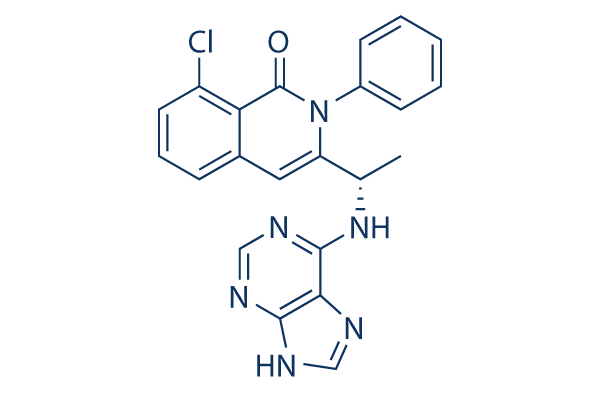ere we show that small distinctions from the molecular nature of KRAS mutations stimulate distinct intracellular signalling pathways in normoxic problems with unique influence in basal ranges of HIF one VEGF A production and generation of the dis tinct vascular network in tumours. Upregulation of VEGF from the KRAS pathway has become previously proven.Right here we present that cells expressing ASP13 KRAS mutant present larger levels of VEGF A, the main professional angiogenic gene induced by hypoxia, while in the absence of substantial HIF one ranges.In contrast, CYS12 mu tants existing a high glycolytic phenotype by HIF one dependent induction of glycolytic enzymes includ ing GLUT 1 glucose transporter supporting the part of HIF 1 in switching to a glycolytic metabolism.
We have attempted to gain insight to the molecular mechanisms underlying the differential VEGF A overex pression, apparently independent of HIF 1 in ASP13 clones, Our information assistance a direct transcriptional result of ASP13 acting on VEGF A promoter. selleck inhibitor This result is mediated by a distinct activation of Raf ERKs pathway and AP2. Sp1 aspects inside of the proximal VEGF A promoter. Of note it truly is independent of hypoxia dependent aspects and of PI3K exercise. Extracellular signals that induce VEGF A via this proximal region consist of, amongst other people, growth components this kind of as EGF, insulin and PDGF in fibroblasts.prosta glandin E2 in human muscle cells.M CSF in mono cytes and lysophosphatidic acid in ovarian cancer cells.All of them impact promoter activity by means of modulation of not less than Sp1 transcriptional action.
Noteworthy, Sp1 is also regulated by distinct signalling pathways including ERKs, PKA and PI3K Akt.We have not detected adjustments in complete Sp1 protein ranges be tween ASP13 and CYS12 mutants, but other mechanisms with impact during the activity of this transcription component could be implicated, this kind of as acetylation, sumoylation, glycosyla tion or phosphorylation.In our xenograft model, ASP13 xenografts KU55933 persistently produce angiogenic sprouts of huge diameter, invested by mural cells. These structures appear to be enough to help the greater utilization of the oxidative pentose phosphate pathway observed during the a lot more benign ASP13 tu mours.Though advancement of these complex vascular structures may perhaps account for your initial delay observed in tumour development, we speculate that they are in a position to support the very quick development occurring later on.
Nonetheless, the presence of major tumour  necrosis and less Carbonic anhydrase IX to hypoxic adaptation, observed in established ASP13 tumours may possibly depict the relative insufficiency of this vascular tree.In contrast, histological analysis reveals the additional aggressive CYS12 tumours educe a dense endothelial lined microvascular network that allows an early, steady and sustained tumour growth.
necrosis and less Carbonic anhydrase IX to hypoxic adaptation, observed in established ASP13 tumours may possibly depict the relative insufficiency of this vascular tree.In contrast, histological analysis reveals the additional aggressive CYS12 tumours educe a dense endothelial lined microvascular network that allows an early, steady and sustained tumour growth.
Microrna Mimics
Antagomirs and microRNA mimics have gained interest as a potential source of therapeutics.
